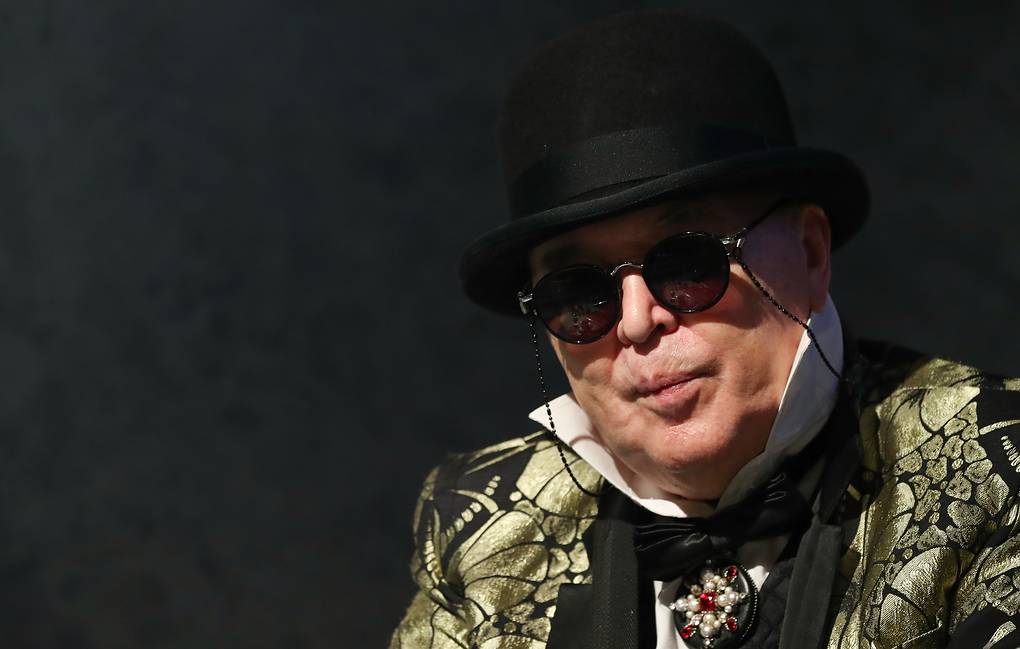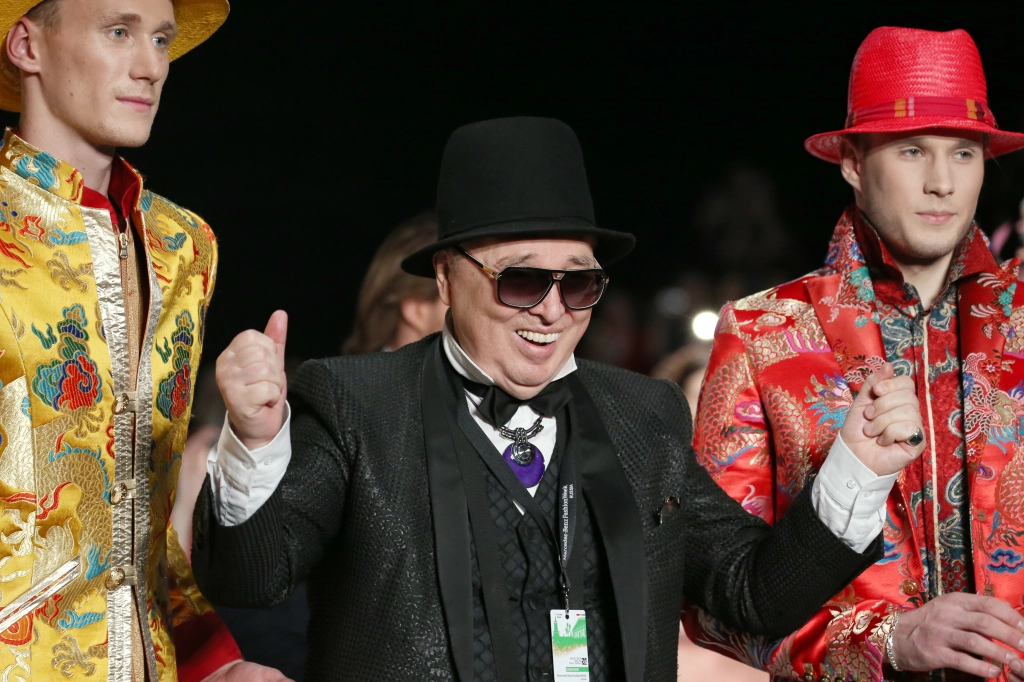According to the Russian Academy of Arts, media reports about the death of Vyacheslav Zaitsev, the Russian fashion designer known as the “Soviet Christian Dior,” at the age of 85 are accurate.
Zaitsev reportedly passed away following a protracted illness, as reported by Russia’s TASS news agency. In the early 1960s, Zaitsev began his career with designs for workers, but the Soviet authorities banned them due to their bold hues.
But his creations were so striking that Russian figure skating champions and Aeroflot flight attendants around the world were soon wearing them. In addition to the 1980 Moscow Olympics and the 1984 Sarajevo Winter Games, he designed for the Russian squad at both.
Zaitsev eventually settled in Paris, where he was granted honorary citizenship. He also created fragrances and toiletries under his own label, the Slava Zaitsev Moscow Fashion House.
Who is Vyacheslav Zaitsev?
Russian fashion designer, painter, graphic artist, and theatrical costume designer Vyacheslav Mikhailovich “Slava” Zaitsev (2 March 1938 – 30 April 2023). Zaitsev was born to parents Mikhail Yakovlevich and Maria Ivanovna Zaitseva on March 2, 1938, in Ivanovo. His mother worked as a housekeeper and laundress, while his father was a victim of Joseph Stalin’s repressions who spent time in one of Stalin’s camps He attended Ivanovo’s Secondary School No. 22 from 1945 till 1952.Zaitsev was not allowed to attend an industrial academy, a theater school, or a pilot training school since his father was an Enemy of the People.

Images Source:
TASS
Vyacheslav Zaitsev Career
Zaitsev and Valentin Yudashkin ruled the Soviet garment industry, and he was frequently likened to the likes of Christian Lacroix, Christian Dior, Pierre Cardin, and Yves Saint Laurent[9]. The communist dictatorship in Czechoslovakia prevented Zaitsev from working in any other nation outside of the Soviet Union, despite widespread belief that he could hold his own creatively against Western designers. Russian-born French fashion historian and designer Alexandre Vassiliev once said, “(i)f he had had a chance to show his collections abroad, he would have most probably been a world-famous brand.”
His career in the fashion industry began in March 1962, when he was hired as the artistic director of the «Experimental technical garment factory «Mosoblsovnarkhoza» to oversee the design and manufacture of women’s clothes for sale in Moscow and the surrounding area. In 1963, Zaitsev gained notoriety for creating fashionable telogreikas, skirts inspired by Pavlovsky Posad shawls, and valenki in a rainbow of colors for kolkhoz employees. His collection was praised for “sparkling with all colors of the rainbow” by the authorities, but it was ultimately denied manufacturing clearance by the Methodical Council. The first international publication to include a story on Zaitsev (and give his collection excellent marks) was Paris Match in February 1963.
Vyacheslav Zaitsev Style
According to Zaitsev, his mother Maria Ivanovna was a housekeeper who never indulged in the finer things in life. The New York Times noted in 2004 that “(i)t is her stolid image that he has been dressing all these years in flounces and feathers, poufs and peplums, gold and glitter.” During the Soviet period, he frequently bemoaned the fact that only models up to size 48 were allowed for manufacturing, despite the fact that he had developed collections for the “larger” lady in the 1970s.
While Zaitsev looked up to the likes of Coco Chanel, Christian Dior, Gianfranco Ferré, and Hubert de Givenchy, his own designs were heavily influenced by classic Russian and Slavic aesthetics, and his collections featured a range of themed shows that reflected his perspective on the fashion industry at the time. Among his works published over the years are the 1988 collection Millennium of the Christianization of Russia, the 1988 collection Russian Seasons in Paris, the 1991 collection Agony of Perestroika, and the 1996–1997 collection Recollections of the Future. Traditional Pavlovsky Posad shawls and embroidered quilted coats were two features that Zaitsev included into his designs for collections like Expectation of Changes.
Read Also: Who is Saint Peter’s coach Shaheen Holloway’s wife Kim Holloway?










































